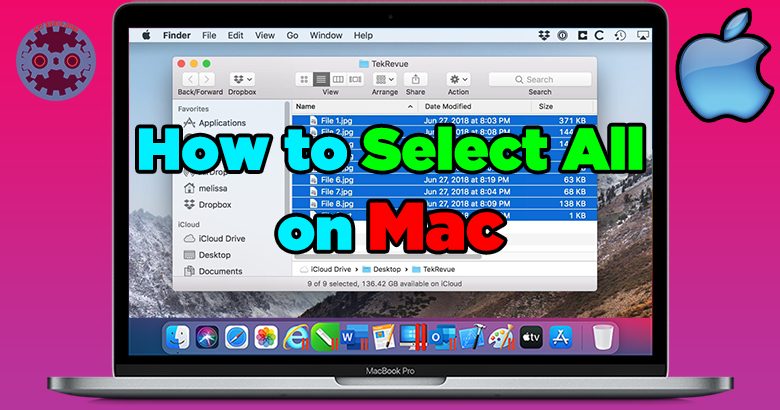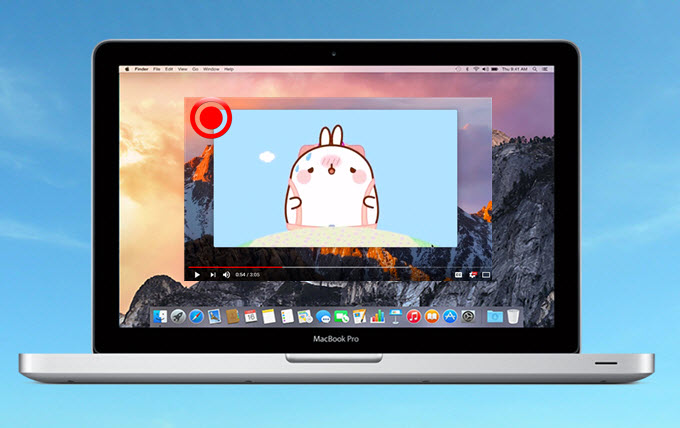Want to increase your productivity with a dual-monitor setup for your MacBook? We have the solution! In this article, we’ll walk you through the simple and straightforward process of how to connect 2 monitors to your MacBook. Whether you’re a designer, programmer, or just someone who loves multitasking, having two screens can be a game-changer. So, let’s dive right in and explore the step-by-step instructions for setting up your dual-monitor workspace on your MacBook. Ready to boost your efficiency and take your workflow to the next level? Let’s get started!
How to Connect 2 Monitors to MacBook
Introduction
In today’s digital world, having multiple monitors can greatly enhance your productivity and multitasking capabilities. If you own a MacBook and are looking to connect two monitors, you’ve come to the right place. In this comprehensive guide, we’ll walk you through the various methods and steps involved in setting up dual monitors with your MacBook. Whether you’re a creative professional, a programmer, or simply someone who wants more screen real estate, this article will help you unlock the full potential of your MacBook.
Table of Contents
- Method 1: Using Thunderbolt/USB-C Ports
- Method 2: Using a Docking Station
- Method 3: Using External Graphics Card
- Troubleshooting Common Issues
Method 1: Using Thunderbolt/USB-C Ports
If you have a newer MacBook with Thunderbolt 3 or USB-C ports, connecting two monitors is relatively straightforward. Just follow these steps:
- Identify the available ports on your MacBook. You will need two Thunderbolt 3 or USB-C ports.
- Purchase the necessary cables or adapters that match the ports on your MacBook. For example, if you have Thunderbolt 3 ports, you will need Thunderbolt 3 to HDMI or DisplayPort adapters.
- Connect one end of the cable or adapter to the Thunderbolt/USB-C port on your MacBook.
- Connect the other end of the cable or adapter to the first monitor’s HDMI or DisplayPort input.
- Repeat steps 3 and 4 for the second monitor.
- Once both monitors are connected, go to the Apple menu, select “System Preferences,” and then click on “Displays.”
- Within the Displays settings, you can arrange the position and orientation of your monitors to your preference. You can also adjust the resolution and other display settings.
- That’s it! Your MacBook should now recognize and utilize both monitors.
Method 2: Using a Docking Station
If you prefer a more streamlined setup or your MacBook doesn’t have multiple Thunderbolt/USB-C ports, using a docking station can be an excellent solution. Here’s how to connect two monitors using a docking station:
- Purchase a compatible docking station that supports dual monitor output and matches the ports on your MacBook. Make sure it has two video output ports, such as HDMI, DisplayPort, or VGA.
- Connect the docking station to your MacBook using a Thunderbolt/USB-C cable.
- Connect the first monitor to one of the video output ports on the docking station using the appropriate cable or adapter.
- Connect the second monitor to the remaining video output port on the docking station.
- Power on your MacBook and the monitors.
- Go to the Apple menu, select “System Preferences,” and then click on “Displays.”
- Within the Displays settings, arrange the position, orientation, and resolution of your monitors as desired.
- You’re done! Your MacBook should now be successfully connected to two monitors through the docking station.
Method 3: Using an External Graphics Card
If you have an older MacBook without Thunderbolt 3 or USB-C ports, you may need to use an external graphics card (eGPU) to connect two monitors. Here’s what you need to do:
- Purchase an eGPU enclosure that is compatible with your MacBook.
- Select a suitable eGPU graphics card that supports dual monitor output.
- Install the graphics card into the eGPU enclosure following the manufacturer’s instructions.
- Connect the eGPU enclosure to your MacBook using a Thunderbolt/USB-C cable.
- Connect the first monitor to one of the video output ports on the eGPU enclosure using the appropriate cable or adapter.
- Connect the second monitor to the remaining video output port.
- Power on your MacBook, eGPU enclosure, and monitors.
- Go to the Apple menu, select “System Preferences,” and then click on “Displays.”
- Arrange the position, orientation, and resolution of your monitors according to your preferences.
- Voila! Your MacBook should now be connected to two monitors through the eGPU.
Troubleshooting Common Issues
While connecting two monitors to your MacBook is generally straightforward, you may encounter some common issues. Here are a few troubleshooting tips:
- Make sure your cables, adapters, or docking station are all in working condition.
- Check if your MacBook and monitors are receiving power.
- Verify that you have the latest macOS updates installed.
- Restart your MacBook and monitors if they are not being recognized.
- Try switching the order of the monitors or using different video output ports.
- For eGPU setups, ensure that your MacBook supports external graphics cards.
By following these troubleshooting steps, you should be able to resolve most issues and enjoy a seamless dual monitor setup.
With the information and steps provided in this guide, you should now have the knowledge and confidence to connect two monitors to your MacBook. Whether you choose to utilize the Thunderbolt/USB-C ports, a docking station, or an eGPU, the expanded screen real estate will enhance your productivity and make multitasking a breeze. So go ahead, connect those monitors, and embrace the power of a dual display setup!
How To Setup Dual Monitors On Mac – Full Guide
Frequently Asked Questions
Question 1: How do I connect two monitors to my MacBook?
Answer: To connect two monitors to your MacBook, you can either use the Thunderbolt 3 ports or the HDMI and Thunderbolt 3 ports available on your MacBook, along with the necessary adapters or cables.
Question 2: Can I connect two monitors to my MacBook using only Thunderbolt 3 ports?
Answer: Yes, you can connect two monitors to your MacBook using Thunderbolt 3 ports. However, you will need to use an adapter or dock that supports multiple video outputs or daisy-chaining to connect both monitors to a single Thunderbolt 3 port.
Question 3: How can I connect two monitors to my MacBook using HDMI and Thunderbolt 3 ports?
Answer: To connect two monitors to your MacBook using HDMI and Thunderbolt 3 ports, you can use an HDMI cable to connect one monitor to the HDMI port and a Thunderbolt 3 to HDMI adapter or cable to connect the other monitor to a Thunderbolt 3 port.
Question 4: What is daisy-chaining monitors and how can I do it on my MacBook?
Answer: Daisy-chaining monitors allows you to connect multiple monitors in a series using a single Thunderbolt 3 port. To do this on your MacBook, ensure that your monitors support daisy-chaining and connect the first monitor to your MacBook using a Thunderbolt 3 cable. Then, use a Thunderbolt 3 cable to connect the second monitor to the Thunderbolt 3 port on the first monitor.
Question 5: Are there any limitations when connecting two monitors to a MacBook?
Answer: Yes, there are limitations when connecting two monitors to a MacBook. These limitations may include the maximum supported resolution and refresh rate, the availability of compatible ports, and the overall performance of your MacBook based on its specifications.
Question 6: Do I need any additional software or drivers to connect two monitors to my MacBook?
Answer: In most cases, you do not need any additional software or drivers to connect two monitors to your MacBook. However, it is always recommended to keep your MacBook’s operating system up to date to ensure compatibility and access to the latest features.
Final Thoughts
To connect two monitors to your MacBook, you can take advantage of the available ports or use a docking station. Using the ports, you can connect one monitor via HDMI or Thunderbolt and the other via USB-C or Mini DisplayPort. With a docking station, you have the convenience of connecting both monitors through a single Thunderbolt port. Once connected, you may need to adjust the display settings on your MacBook to extend your desktop across the monitors. By following these steps, you can easily connect 2 monitors to your MacBook and enhance your productivity.

